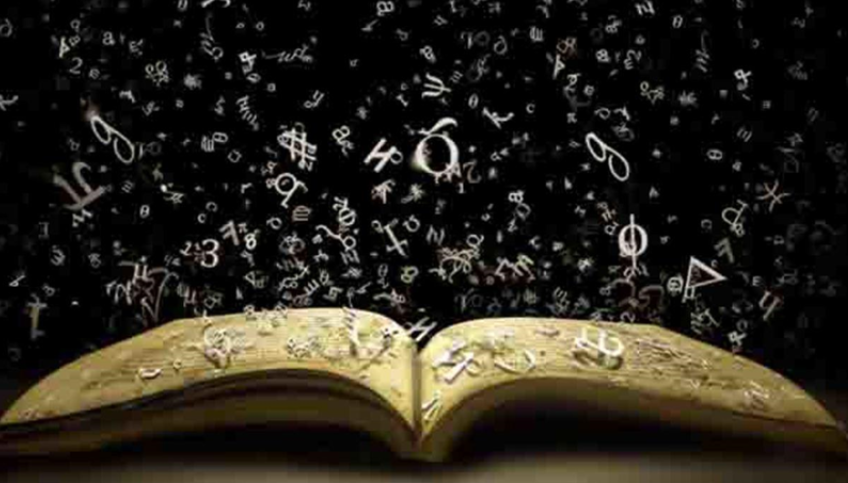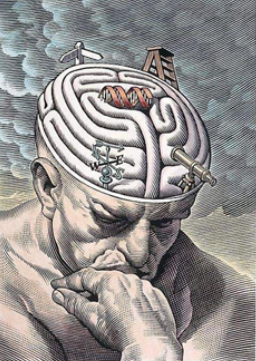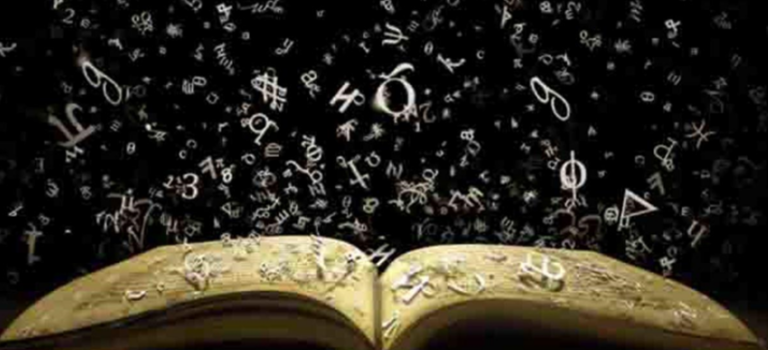The need and the quest for knowledge and, at the same time, its communication are intrinsic in the nature of the individual. The ability to narrate, whether through myth, fables, song, or poetry, is the fundamental and inalienable dimension of human thought through the use of words, images, and memories.

Scientifically, the parts of the brain that appear to have characterized the evolution of human beings seem to be the frontal lobe and the cortical areas, the areas specifically dedicated to language, imagination, and visualization.

In his writings, Tommaso Palamidessi emphasizes the importance of intellectual faculties such as willpower, attention, imagination, visualization, and memory.
These faculties enable us to empty the mind and focus on a specific goal, until reaching states of mind such meditation and and even beyond contemplation.
This is the art of knowing ourselves in our innermost being, as well as understanding Nature and the Cosmos and its dimensions. These faculties exist in both men and women in a latent state but can be activated and enhanced through appropriate, consistent, and targeted exercises.
The human soul, the most sublime part of the individual, has, among other faculties, the contemplative faculty and imagination, whether spontaneous or induced, which is both evocative and invoking. It is defined by these two qualities: creative imagination. Imagination and visualization are based on the universal laws of suggestion, which have the power to keep alive and awake the goal and purpose we have set.
Palamidessi writes:
“Creative imagination, when directed by the fire of a will animated by a precise intention, is as powerful as an oxyacetylene flame and can dissociate, unify, and transmute.”
It can happen to confuse the term imagination with fantasy, and use them interchangeably. But from their etymology differences can be noticed.
The word fantasy has its roots in Latin phantasia and Greek φαντασία (phantasia), which translates as appearance or manifestation. Fantasy tends to have a more ephemeral and abstract connotation, with an association to the term phantom.
On the other hand, imagination comes from the Latin word imago, meaning image.

Imagination represents the sensory perception of reality, capturing the sense of the phrase: in me mago agere – to work deeply within me. Imagination is the combination of two Latin words, imus (meaning bottom or depth) and agere (meaning to act), suggesting a deep inner process that moves the individual.
So, we could consider imagination the means to make visible what fantasy, invention, and creativity conceive. Fantasy might be the source of ideas, while imagination is the process through which these ideas are made visible or realized in some way.
Bibliography:
DICTIONARY OF THE ITALIAN LANGUAGE – Treccani
ETYMOLOGICAL DICTIONARY OF THE ITALIAN LANGUAGE – Zanichelli
From the Series of the Archaeosophical School:
AWAKENING AND DEVELOPMENT OF THE CENTERS OF STRENGTH – Booklet 15, Tommaso Palamidessi, Archeosofica
ARTISTIC ASCETICISM, COLORS AND PAINTING – Booklet 27, Tommaso Palamidessi, Archeosofica
THE DAILY SPIRITUAL EXERCISES OF THE ARCHAEOSOPHIST- Booklet 41, page 3, Tommaso Palamidessi, Archeosofica



